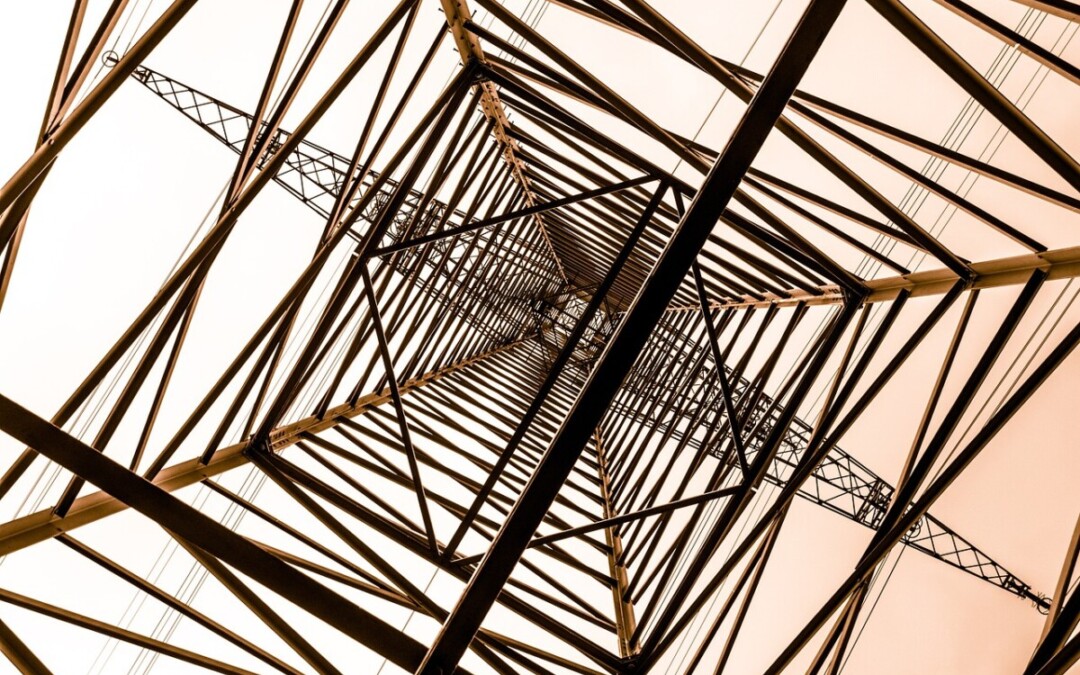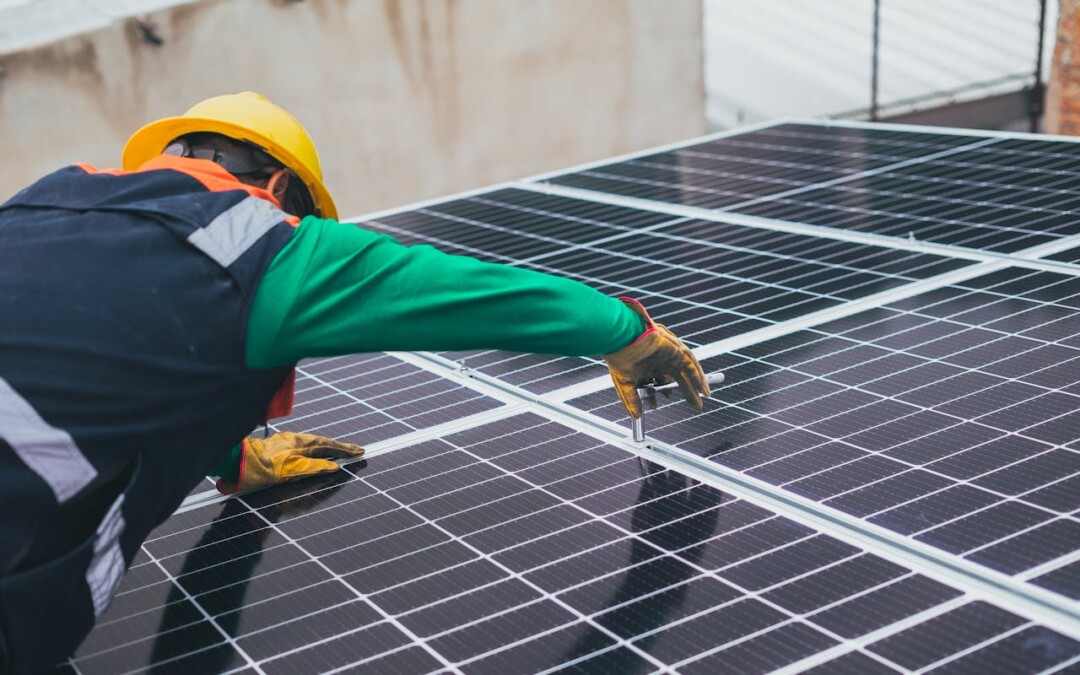With the emergence of electric vehicles, energy storage batteries, heat networks, and an increasingly local and green energy production but also more variable (as it depends on weather conditions), it becomes essential to master the optimization of energy production and consumption. Smart grids and energy communities have a crucial role to play in addressing this challenge, both at the local level through intelligent control and at the global level by offering network flexibility or stability services. (More info – Is energy sharing the ally of the electrical grid ?)
Here are five elements that enable smart energy sharing :
1. Dynamic energy management
Smart grids incorporate advanced communication and control technologies that allow real-time management of energy production, distribution, and consumption. This means that energy producers, such as power plants, solar panels, and wind turbines, as well as energy consumers, such as households and businesses, can adjust their production and consumption based on the current needs of the network. This flexibility reduces pressure on the network by avoiding demand peaks that can lead to congestion.
2. Integration of renewable energy
Renewable energy sources, such as solar and wind energy, are often intermittent and dependent on weather conditions. Smart grids enable better integration of these energy sources by optimizing their use when production is at its peak and storing surplus energy for later use. This reduces the need to rely on traditional energy sources, such as coal or gas power plants, and helps reduce grid congestion by minimizing production fluctuations.
3. Demand management
With digital tools, smart grids make it easier to implement demand management programs, allowing consumers to reduce their energy consumption during peak periods, typically through variable tariffs or financial incentives. This reduces pressure on the network by limiting demand during peak hours.
4. Energy storage
Energy storage devices, such as batteries, are an integral part to smart grids. They can absorb excess energy during periods of low demand and release it when demand is high. This helps smooth out load variations on the grid, reducing congestion.
Currently, most residential energy storage consists of electrochemical batteries, which store electricity directly. These batteries are almost always used in combination with solar panels. Other energy storage options are being explored, such as thermal storage, which can complement domestic electric batteries by storing energy in the form of heat for building heating. This can help reduce electricity demand, smooth the load on the electrical grid, and mitigate risks associated with rare materials supply, making it a promising option for the future of domestic energy.
If you want to have more information about energy storage, do not hesitate to reach out to Destore.
5. Communication and automation
Smart grids use advanced communication systems to enable efficient coordination among various network stakeholders. This includes real-time data collection, performance monitoring, fault detection, and automatic repair. This automation enhances network stability and ensures more reliable energy distribution.
Smart energy sharing relies on these various elements made possible through digital technology. These advanced communication and control technologies allow for better optimization of energy use and also ensure a more reliable and sustainable power supply.
If you would like to receive more information on intelligent energy sharing, feel free to contact us!



